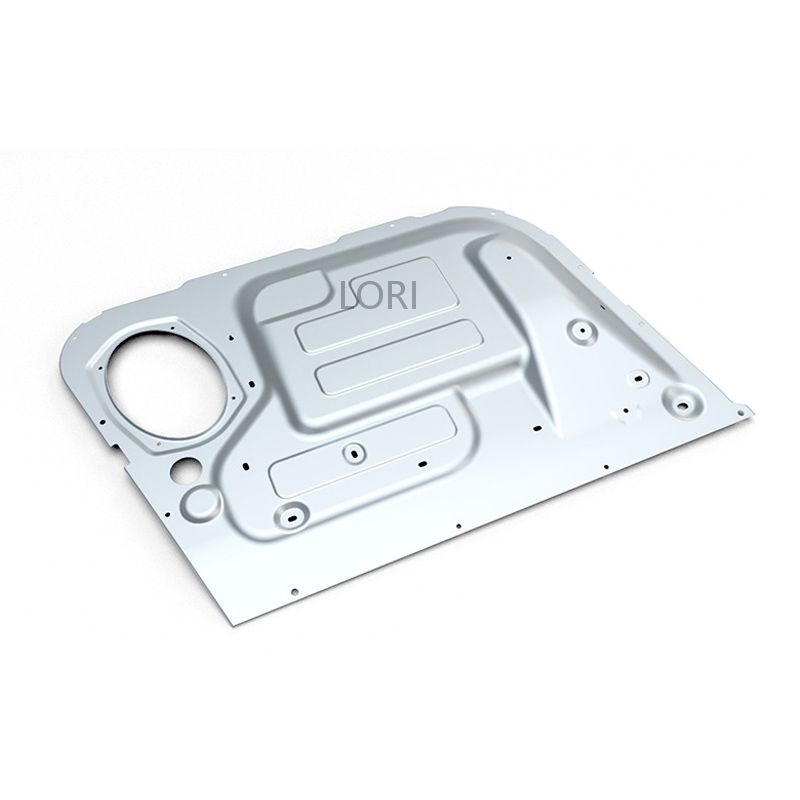BETTER TOUCH BETTER BUSINESS
Contact Sales at Lori.
In recent years, with the increasing market demand for precision in sheet metal parts, precision sheet metal processing has begun to take center stage in the sheet metal industry. As a critical production process in mechanical manufacturing, precision sheet metal parts are widely used in rail transportation equipment, precision machine tools, automotive manufacturing, medical devices, home appliances, and other fields, reflecting the essence of Chinese intelligent manufacturing. So, what are the differences between precision sheet metal processing and ordinary sheet metal processing?
Differences Between Precision Sheet Metal Processing and Ordinary Sheet Metal Processing
From a developmental perspective, precision sheet metal processing is essentially an advanced version of sheet metal processing. The main difference lies in the tolerance range; precision sheet metal processing narrows the tolerance to below 0.2 millimeters, while ordinary sheet metal processing generally has a tolerance range between 0.2 and 1 millimeter.
For high-precision sheet metal processing, the tolerance range is as follows:
- Bending: 0 to ±0.1mm
- CNC machining: 0 to ±0.1mm
- Laser cutting: 0 to ±0.1mm
The precision of the uncoiling and leveling process in precision sheet metal processing can reach 0.3 to 0.5mm. Therefore, sheet metal parts produced using laser cutting, punching, or water jet cutting, and CNC bending, typically meet the dimensional precision requirements.
Sheet metal processing has undergone three stages of development: from using tools such as compasses, scissors, and wooden rulers for marking and processing, to hydraulic shears and bending machines that made post-processing surface quality more consistent and labor-saving, and now to CNC processing equipment. Modern CNC machines can achieve bending angles accurate to 0.1° and dimensions accurate to 0.1mm or even higher, eliminating the need for iterative adjustments with trapezoidal screws or threads as in the past. This advancement saves significant time and material in sheet metal part manufacturing.
Precision Sheet Metal Processing Techniques
Precision sheet metal processing employs high-precision CNC sheet metal equipment, enabling the realization of complex processes that traditional sheet metal processing could not achieve. Precision sheet metal processing is also suitable for both large and small batch production, and features short processing cycles, good uniformity, high processing precision, high automation, fast speed, easy operation, and high efficiency.
Characteristics of Precision Sheet Metal Processing
1. High Power Density: The workpiece absorbs the energy from sheet metal processing, causing rapid heating and melting or vaporization, making it possible to process materials with high melting points, hardness, or brittleness.
2. Convenience and Flexibility: Robots can be used for precision sheet metal processing in harsh environments or areas difficult for humans to access.
3. Ease of Control: It is easy to integrate with precision machinery, measurement technology, and electronic computers to achieve high processing automation and precision.
Surface Treatment Methods for Precision Sheet Metal Parts: Galvanizing, chroming, painting, electrostatic powder coating.
Most precision sheet metal parts on the market have a textured surface, which is achieved through surface treatment. This helps protect the sheet metal parts from external factors, corrosion, and degradation.

Copyright © 2025 Shenzhen Lori Technology Co.Ltd. | All Rights Reserved.